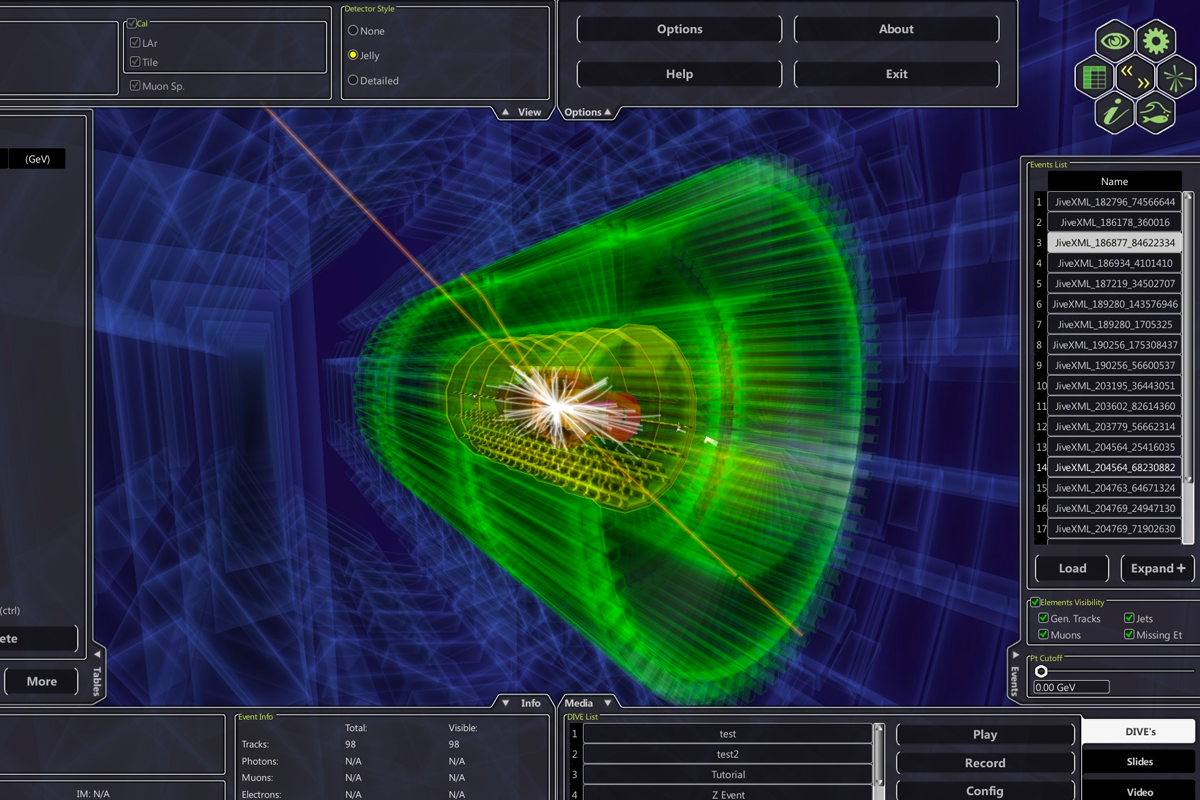Event Analysis Tools

High schools can use ATLAS event analysis tools - HYPATIA, HYPATIA Online, MINERVA, CAMELIA - for the interactive investigation of data collected by the experiment to make discoveries like physicists do. The aim of these tools is to give students a better understanding of how particle detectors work and the physics being studied at ATLAS. Such programmes can be run independently or in the framework of International Masterclasses.
